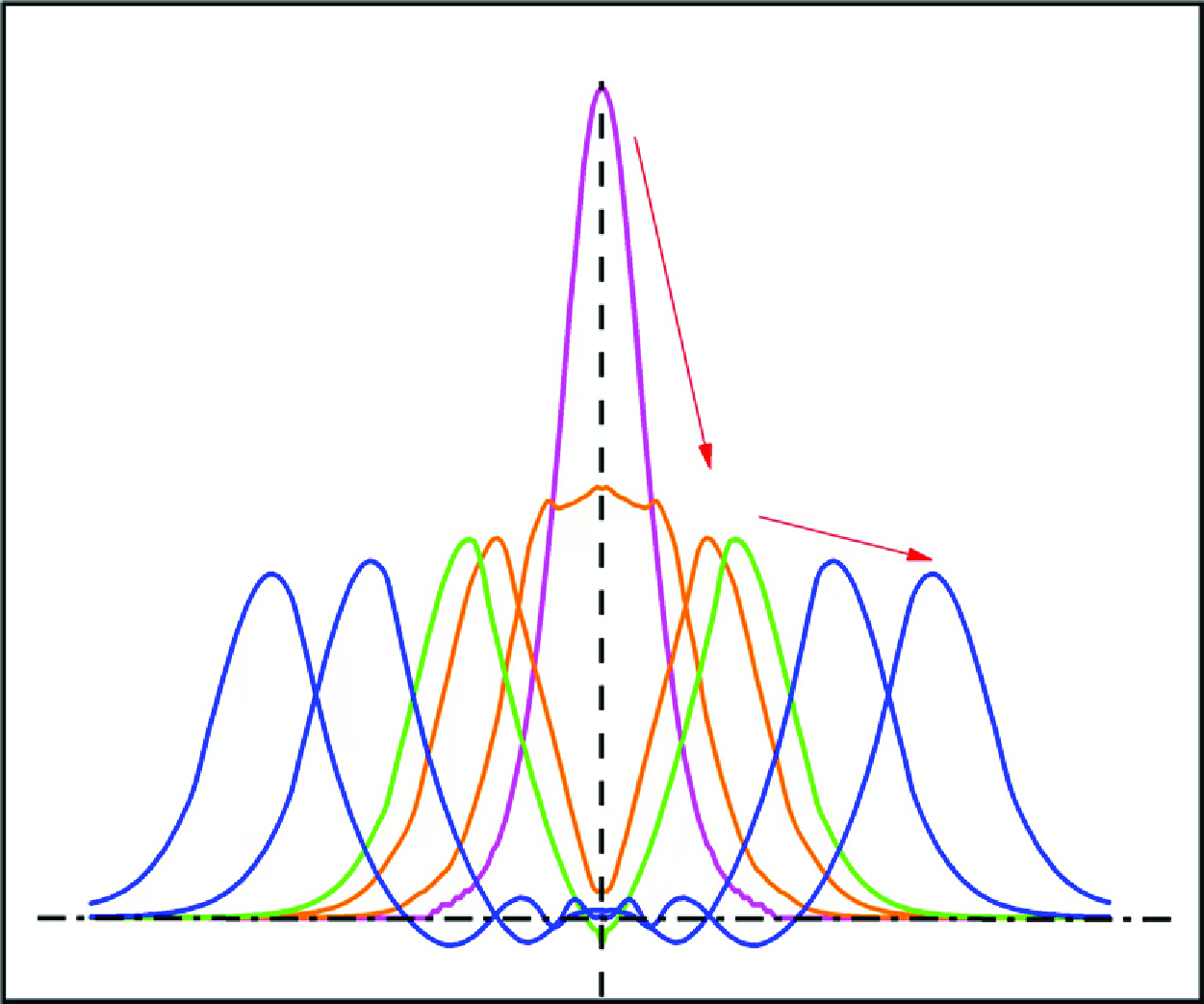No CrossRef data available.
Published online by Cambridge University Press: 16 June 2025

The phenomenon of bulge evolution under the action of gravity on shallow water is prevalent both in natural occurrences and engineering industries. However, despite its ubiquity, its physical process remains largely unexplored. The evolution of bulge contains two fundamental physical processes: collapse and propagation. The collapse process can be further divided into two sub-processes: squeezing process and diffusion process. Based on the weakly nonlinear shallow water assumption with the classical perturbation method, the governing equations controlling the surface elevations in the diffusion process and the propagation process have been theoretically derived, where a bulge-induced surface pressure is modeled for the propagation process. Moreover, their scaling laws for the decay of wave height are also established, which have been validated by direct numerical simulation results. The derived scaling laws for wave height attenuation of bulge evolution provide profound insights, which hold the potential to applications in the engineering industry.
These authors contributed equally to this work and should be considered co-first authors.